New York remains one of the most vibrant, diverse, and complex cities in the world—and at the heart of its dynamic character lies its immigrant population. As of 2025, the city is home to more than 3 million immigrants, many of whom live in neighborhoods like Queens, Brooklyn, and the Bronx. Among them, approximately 835,000 are undocumented, navigating life without legal immigration status but integral to New York’s economy and society.
This article sets out to detail—without exaggeration or political spin—what benefits illegal (undocumented) immigrants are eligible for in New York City in 2025. We’ll draw distinctions between federal, state, and city benefits, look at city-specific policies, and examine the true economic and social impacts in neighborhoods such as Jackson Heights, Sunset Park, and Washington Heights.
Who Are New York’s Illegal Immigrants?
Population, Distribution, and Background
-
Population Size: About 835,000 undocumented immigrants reside in New York State, with the majority living in New York City.
-
Origins: The top countries of origin include Mexico (19%), China/Hong Kong (12%), the Dominican Republic, Ecuador, and Jamaica.
-
Neighborhood Hubs: Immigrants cluster in diverse communities throughout the five boroughs, particularly in Corona (Queens), Sunset Park (Brooklyn), and Fordham (Bronx).
-
Employment: Undocumented immigrants make up roughly 10% of the city’s workforce. They are most visible in restaurants, cleaning services, construction, manufacturing, and caregiving.
The Legal Backdrop: Federal, State, and City Policies
Sanctuary City Policies
New York City has maintained sanctuary city status since 1989. This means:
-
City agencies are prohibited from sharing information about undocumented immigrants with federal authorities unless an individual is linked to certain violent offenses.
-
Immigration and Customs Enforcement (ICE) is generally barred from arresting immigrants within city buildings, schools, and courthouses unless a judicial warrant is presented.
-
Local police do not honor ICE detainer requests except for individuals convicted of serious crimes.
Federal Benefit Restrictions
-
Federal statutes (notably the 1996 PRWORA law) bar undocumented immigrants from most federal public benefit programs.
-
This includes Social Security, Medicare, federal Medicaid (except in medical emergencies), food stamps (SNAP), and the majority of public housing/Section 8 programs.
Exactly What Benefits Do Illegal Immigrants Get in New York in 2025?
1. Emergency Medical Care
-
Emergency Medicaid: Undocumented immigrants are eligible for Emergency Medicaid in New York State, which pays for hospital care in life-threatening medical situations regardless of status.
-
Examples: Emergency surgery for appendicitis, birth delivery, heart attacks.
-
Not included: Routine or preventive healthcare.
-
2. Primary and Preventive Health Services
-
City Hospitals and Clinics: NYC Health + Hospitals offers care regardless of immigration status or ability to pay in all boroughs.
-
Services: Preventive checkups, chronic illness care, vaccinations, prenatal care, and urgent care.
-
-
Sliding Scale Fees: Costs are reduced on a sliding scale based on income, often resulting in nominal or no out-of-pocket payment.
-
Community Health Centers: Federally Qualified Health Centers (FQHCs) in neighborhoods like Harlem and Elmhurst do not require proof of citizenship.
3. Education
-
K–12 Public Schools: All children, irrespective of immigration status, have the right to free public education in New York from kindergarten through 12th grade.
-
Applies to all neighborhoods and school districts without exception.
-
Includes free or reduced-price lunch programs for eligible low-income students.
-
-
School-Based Services: Undocumented students can access school counseling, after-school programs, and college readiness resources.
4. Nutrition Assistance
-
School Meals: Free breakfast and lunch programs in NYC Public Schools are universally available to all students, including the undocumented.
-
Women, Infants, and Children (WIC) Program: Available to pregnant women and children up to age five, including certain undocumented families.
5. Public Safety Net
-
Cash Assistance (Limited Situations): In some cases (for example, victims of domestic violence or trafficking), limited one-time emergency cash may be accessed for essential needs such as food, transport, clothing, or shelter.
-
Shelter and Housing Assistance:
-
NYC offers emergency shelter to all individuals, regardless of status, under its “Right-to-Shelter” policy. This includes access to homeless shelters across the city.
-
Long-term public housing and Section 8 vouchers, however, are not available to undocumented immigrants.
-
-
Legal Aid and Protections:
-
Free legal counsel for tenants facing eviction (universal Right to Counsel in housing court, including the undocumented).
-
Pro-bono legal services for select immigration, domestic violence, and labor rights cases.
-
6. Labor Protections and Workplace Rights
-
City and State Labor Laws Apply: Regardless of work authorization, all workers (documented or not) are protected by wage-and-hour laws, workplace safety standards, and the right to organize.
-
The New York Department of Labor supports wage theft claims from undocumented workers.
-
-
IDNYC: New York’s municipal identification card—“IDNYC”—is available to residents regardless of immigration status. It allows holders to open bank accounts, access city buildings, and utilize library and museum memberships.
7. Other Non-Cash Benefits
-
COVID-19 and Infectious Disease Services: Throughout the pandemic and ongoing public health emergencies, undocumented New Yorkers have had access to vaccines, tests, and related services.
-
Children’s Health Insurance Program (CHIP): While CHIP is federally restricted, New York State has expanded coverage for all children under 19, regardless of status.
What Benefits Are Off Limits in 2025?
Undocumented immigrants in New York cannot access:
-
Social Security retirement or disability
-
Supplemental Security Income (SSI)
-
Food stamps (SNAP)
-
Medicaid (except for emergencies)
-
Section 8 federal housing or long-term public housing options
-
Federal student loans and grants
-
Most unemployment benefits (unless employment was authorized)
Economic & Social Impact: Myth vs. Reality
Tax Contributions and Economic Effects
-
Tax Payments: Households led by undocumented immigrants contribute hundreds of millions of dollars in state and local taxes each year through sales, property, and income taxes.
-
Many use Individual Taxpayer Identification Numbers (ITINs) to pay income taxes.
-
-
Labor Force Participation: With a labor participation rate above 70%, undocumented workers are vital to sectors like hospitality (over half the city’s dishwashers), construction (a third of laborers), and domestic work.
-
Social Security: Many undocumented workers pay into Social Security with no prospect of collecting benefits in the future, providing a net financial gain for the system.
Spending on Services
-
2025 NYC Spending for Asylum Seekers and Migrants: Emergency aid spending reached $1.68 billion, covering shelters, healthcare, legal aid, and schooling for children.
-
Note: The majority of this spending is directed at newly arrived asylum seekers and migrant families, a population partially overlapping with the undocumented but not synonymous.
-
-
Local Impacts: In neighborhoods with large immigrant and undocumented populations—such as Flushing (Queens), Sunset Park (Brooklyn), and University Heights (Bronx)—access to these limited benefits stabilizes families, supports public health, and reduces homelessness.
Case Studies: Benefits in Action
Jackson Heights, Queens
A family from Ecuador, living in the U.S. without legal status, accesses:
-
Emergency Medicaid for a complicated childbirth at Elmhurst Hospital
-
Free breakfasts for their two children at I.S. 145
-
WIC nutrition benefits for a new baby
-
Emergency shelter placement after a fire, thanks to NYC’s right-to-shelter
Sunset Park, Brooklyn
A restaurant cook from China, working without authorization:
-
Receives free COVID-19 vaccines at a city clinic
-
Pays income tax using an ITIN
-
Joins a worker’s rights advocacy group and recovers back wages after an employer illegally withholds pay
Challenges and Controversies in 2025
Legislative and Political Headwinds
-
New York faces federal lawsuits and threatens funding over its sanctuary city policies, but persists in offering “protected access” to education, emergency health, and shelter for all residents.
-
Mayor Eric Adams and city officials defend immigrant protections as essential to public health and safety.
Changing Federal Rules
-
In 2025, new federal restrictions excluded undocumented immigrants from an additional thirteen programs, including family planning and mental health services previously available—but New York continues to fund some replacement services at the city and state level.
Looking Forward: Debates and Prospects
Policy Innovations
-
IDNYC Expansion: Facilitates access to banking, libraries, and safe reporting of crime.
-
Local Health Initiatives: New community health programs in Harlem, Corona, and Brighton Beach serve immigrants regardless of status.
-
Educational Equity Initiatives: Ongoing investments in multilingual education, social services, and college access for all city students.
Ongoing Debates
-
Questions persist about how to balance limited resources, maintain public safety, and create an environment where all New Yorkers—including undocumented immigrants—can contribute and thrive.
-
Critics argue benefits drain city resources and incentivize unlawful migration, while advocates counter that inclusion yields public health, safety, and economic benefits citywide.
Conclusion
In 2025, the reality is that illegal immigrants in New York City have access only to a narrow set of essential services, mostly as a means to protect the health, welfare, and safety of the broader community. These include emergency medical care, K–12 education, limited food and nutrition assistance, basic legal protections, and emergency shelter. The majority of public benefit programs—federal financial support, long-term housing, broad healthcare, and most direct cash supports—remain out of reach.
Despite headlines and heated rhetoric, the lived reality in New York neighborhoods—from Bedford-Stuyvesant to Long Island City—is that undocumented immigrants fill essential jobs, support local economies, and seek opportunities just like their native-born neighbors, while accessing only the most basic public benefits. As the city’s population continues to change, the debate about what’s fair, effective, and humane will continue to shape the future of New York.

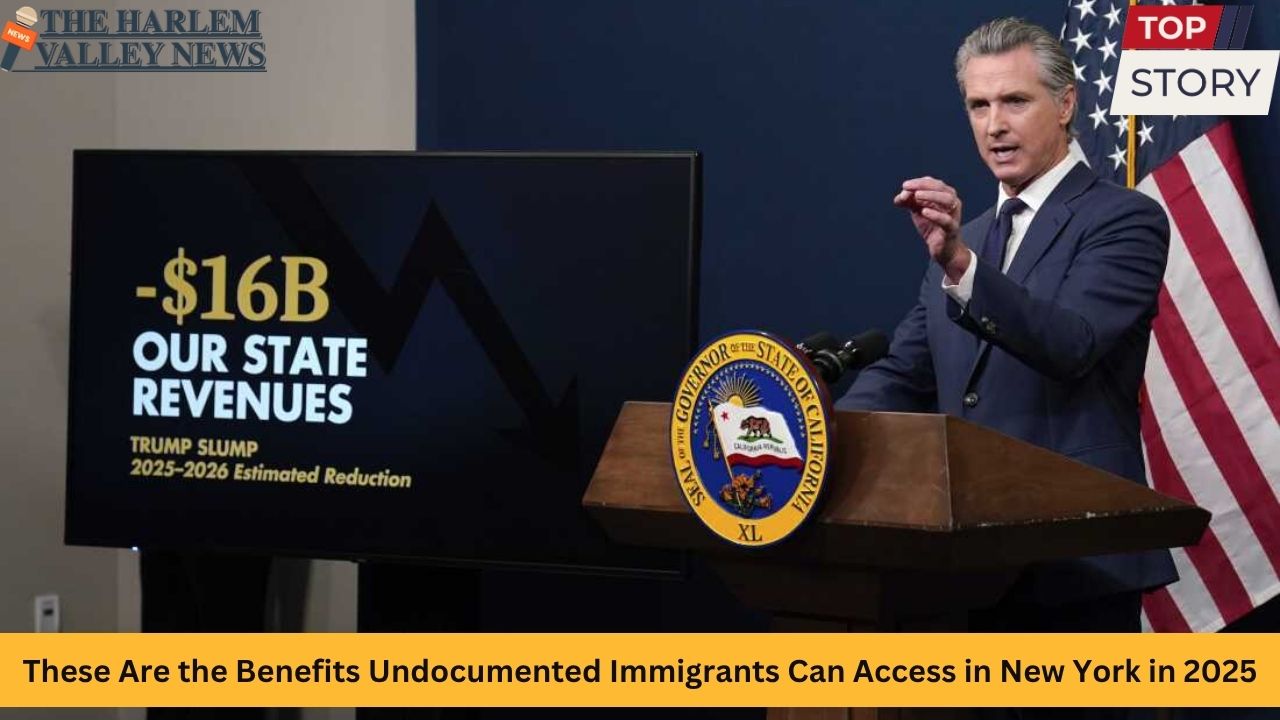
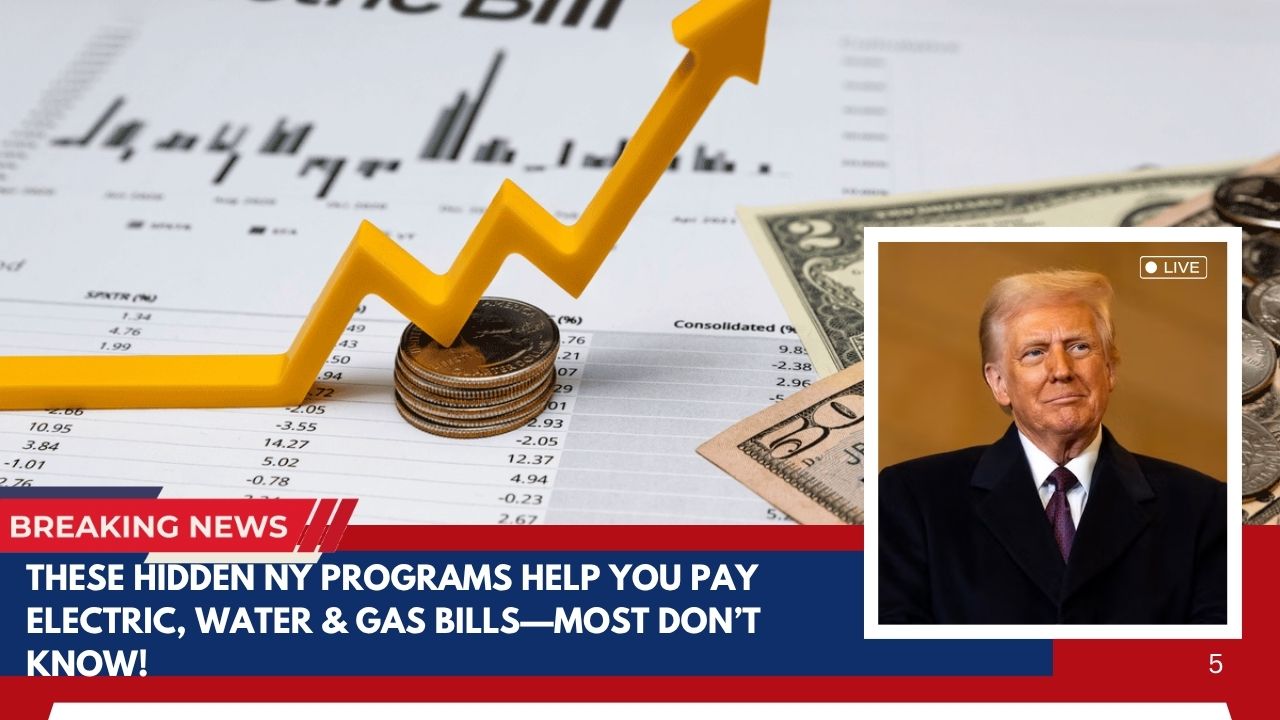
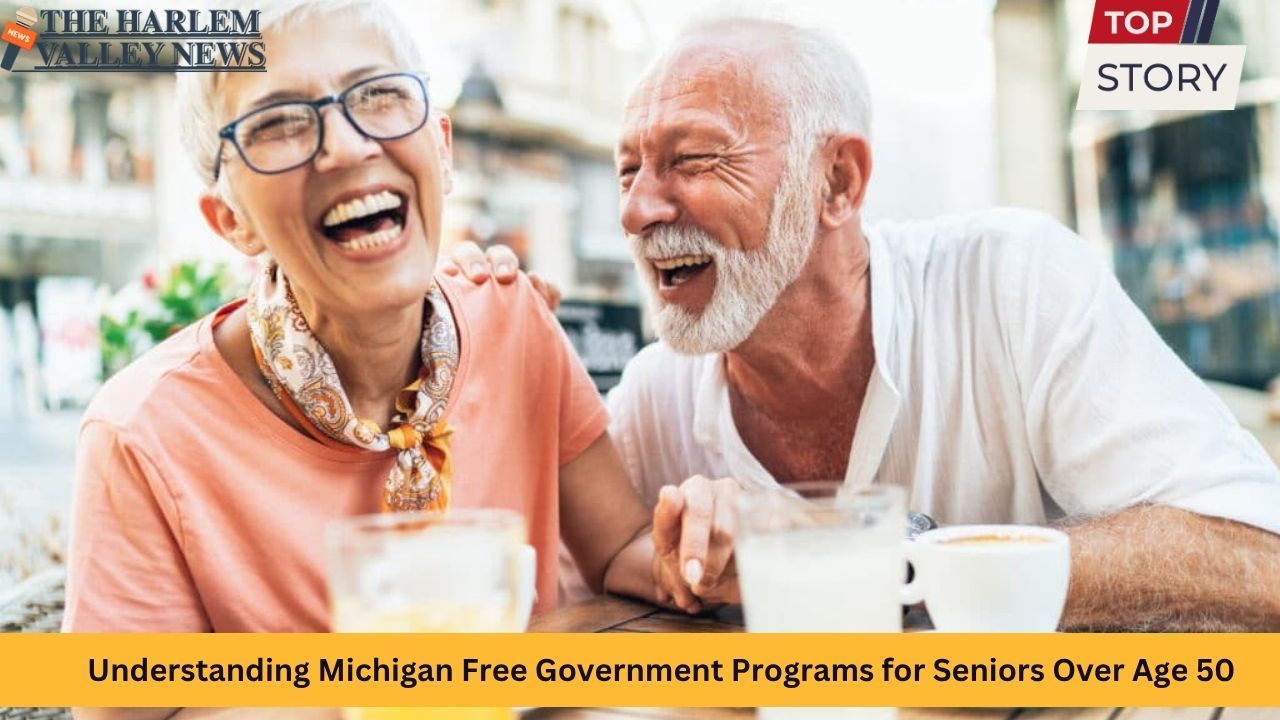
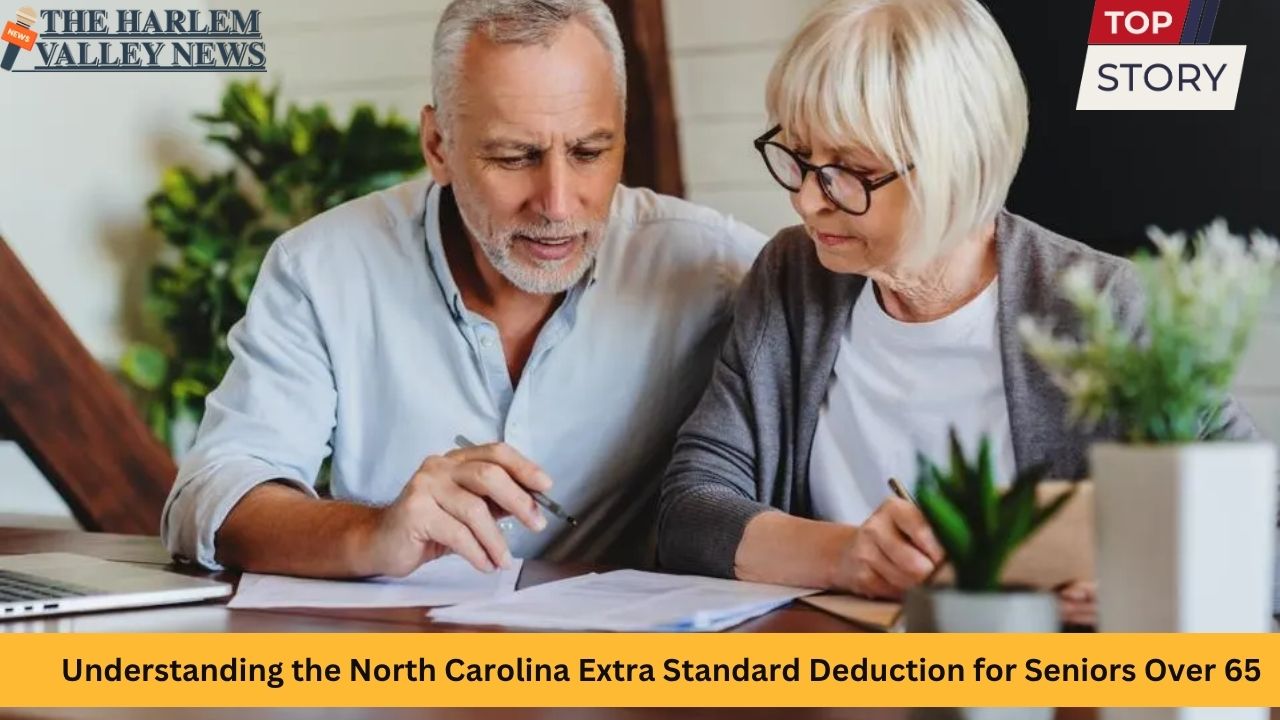

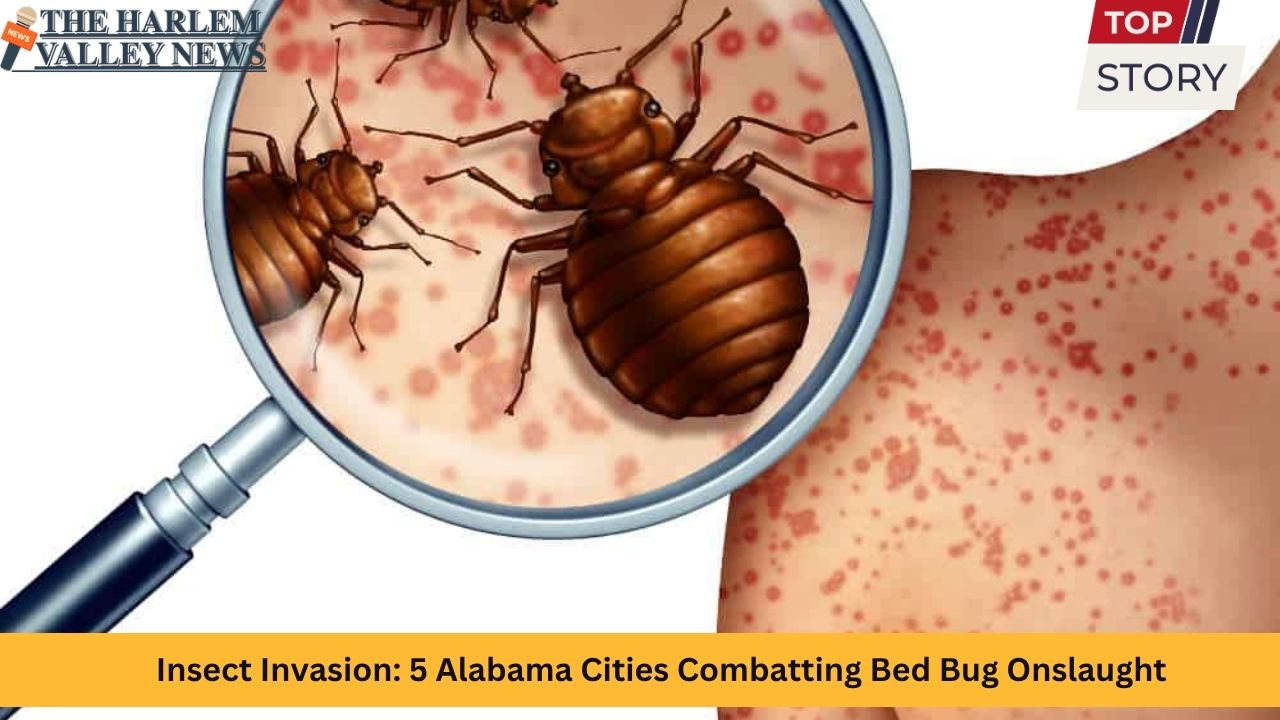
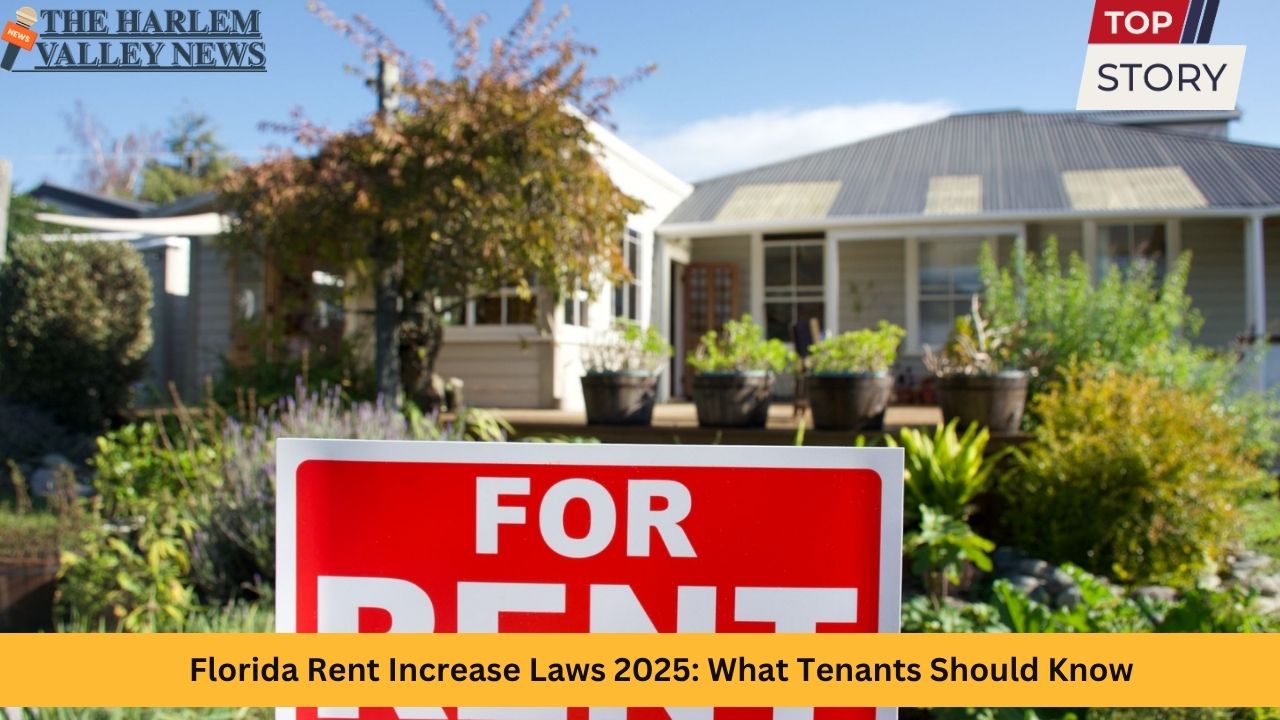
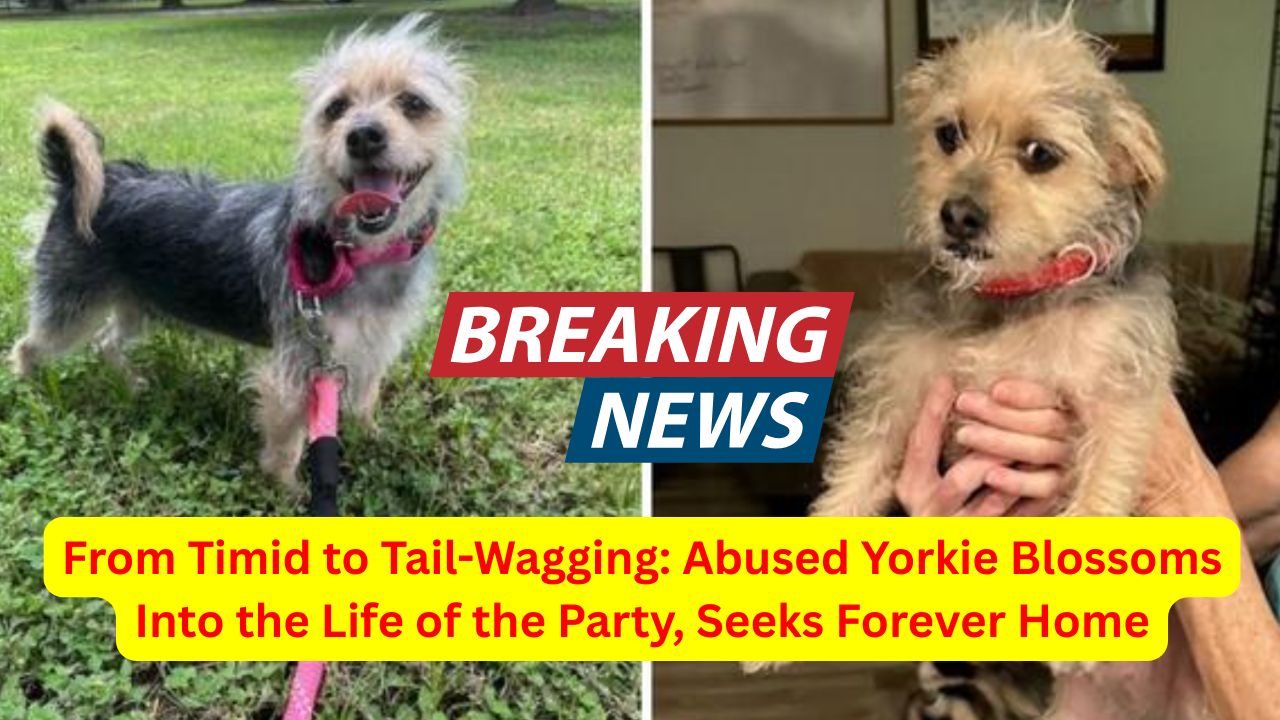
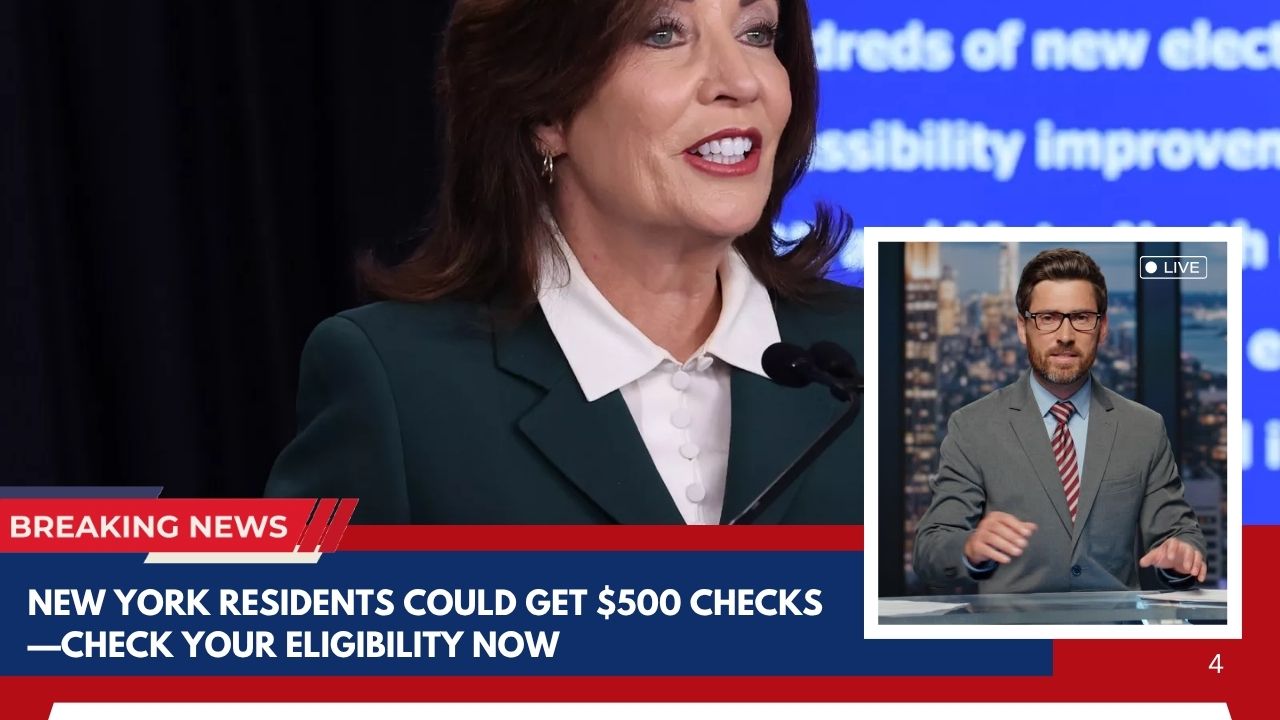
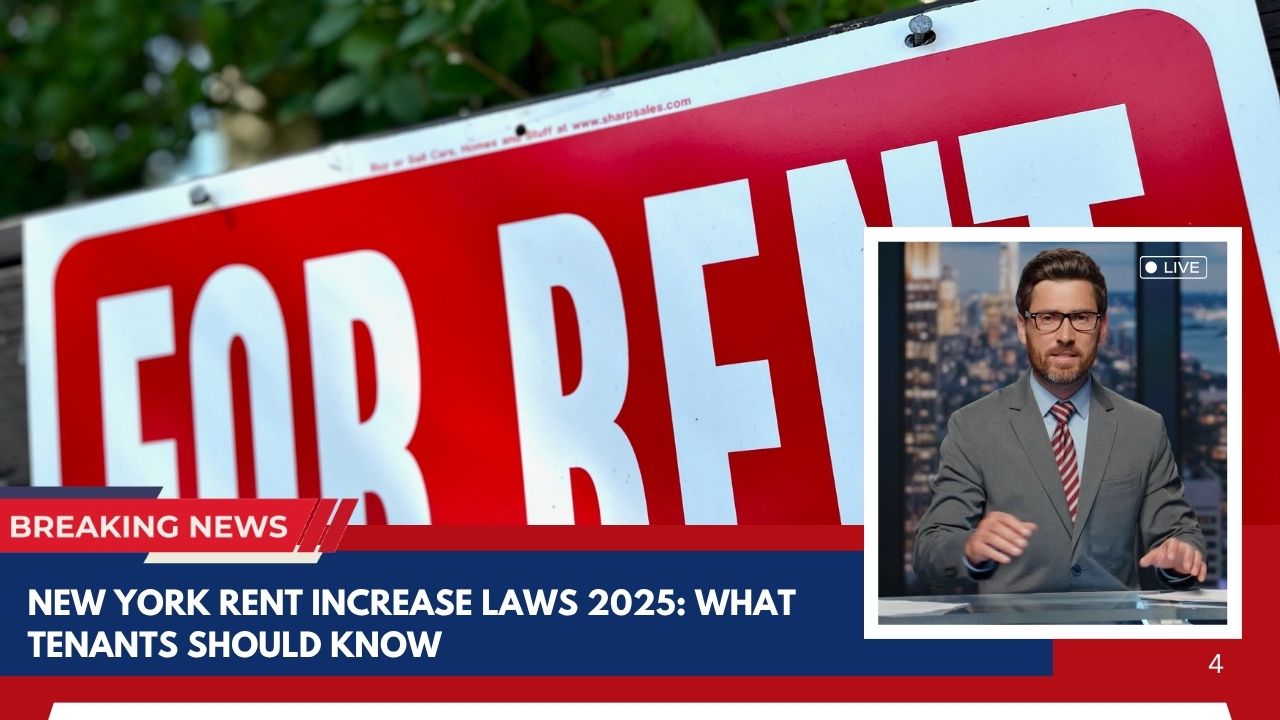
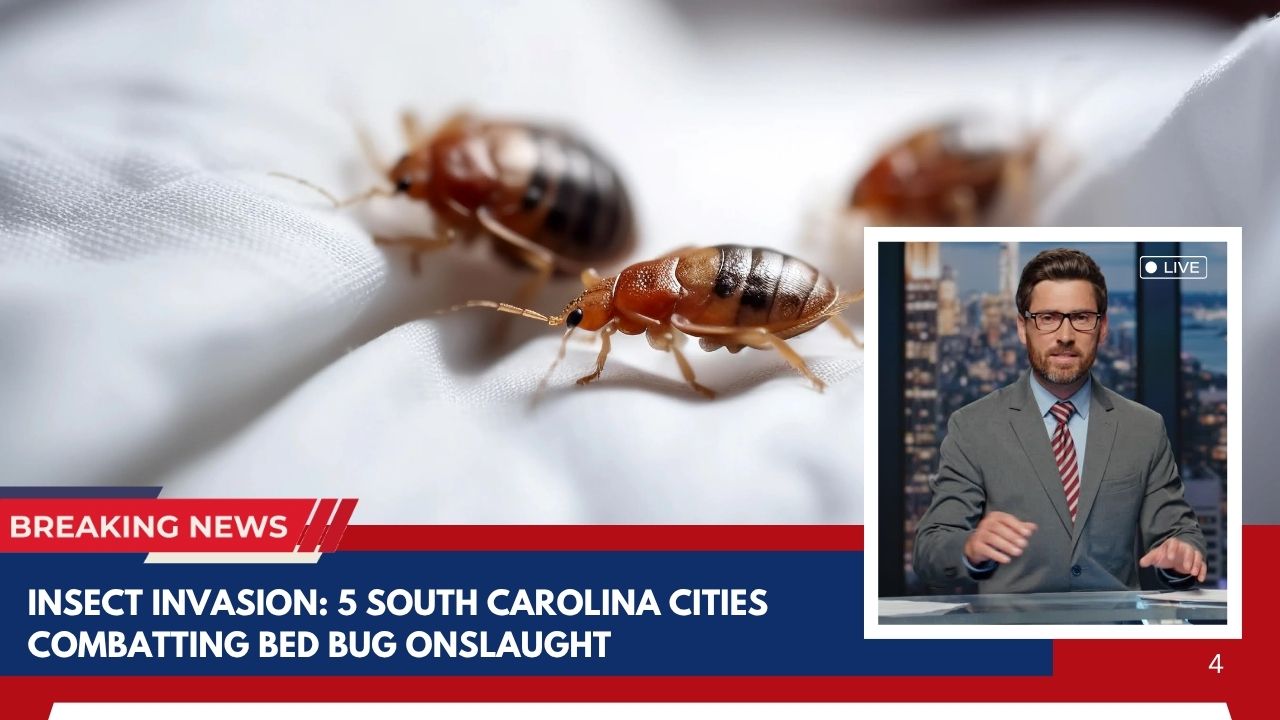
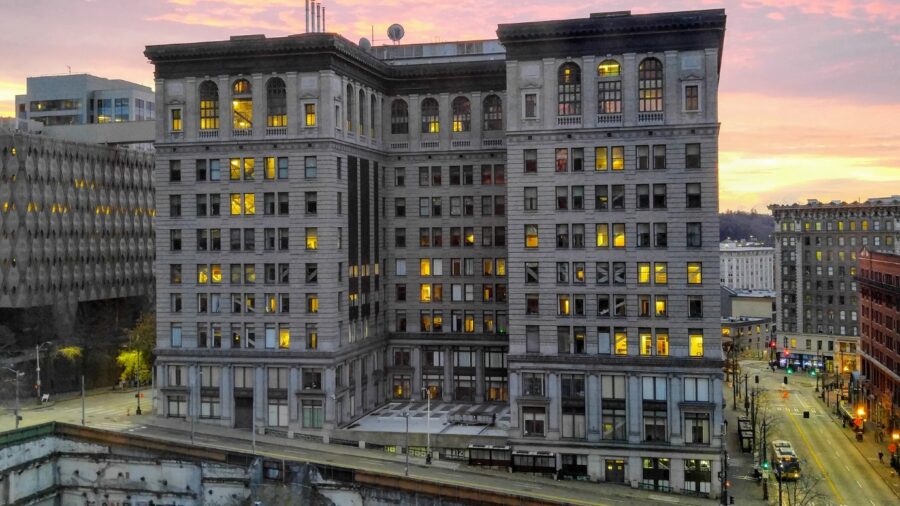
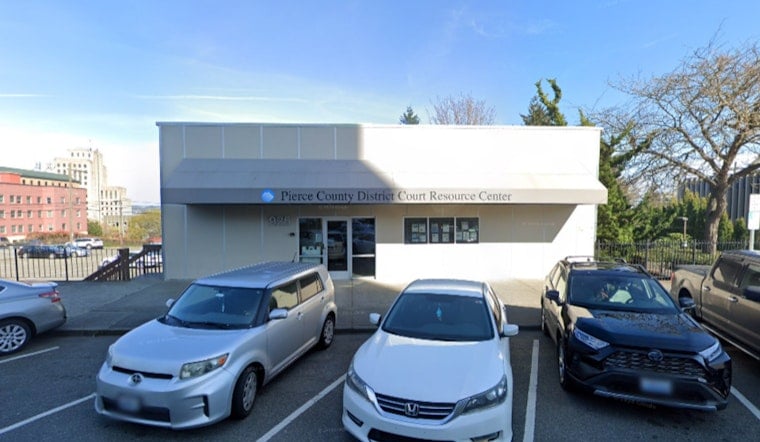
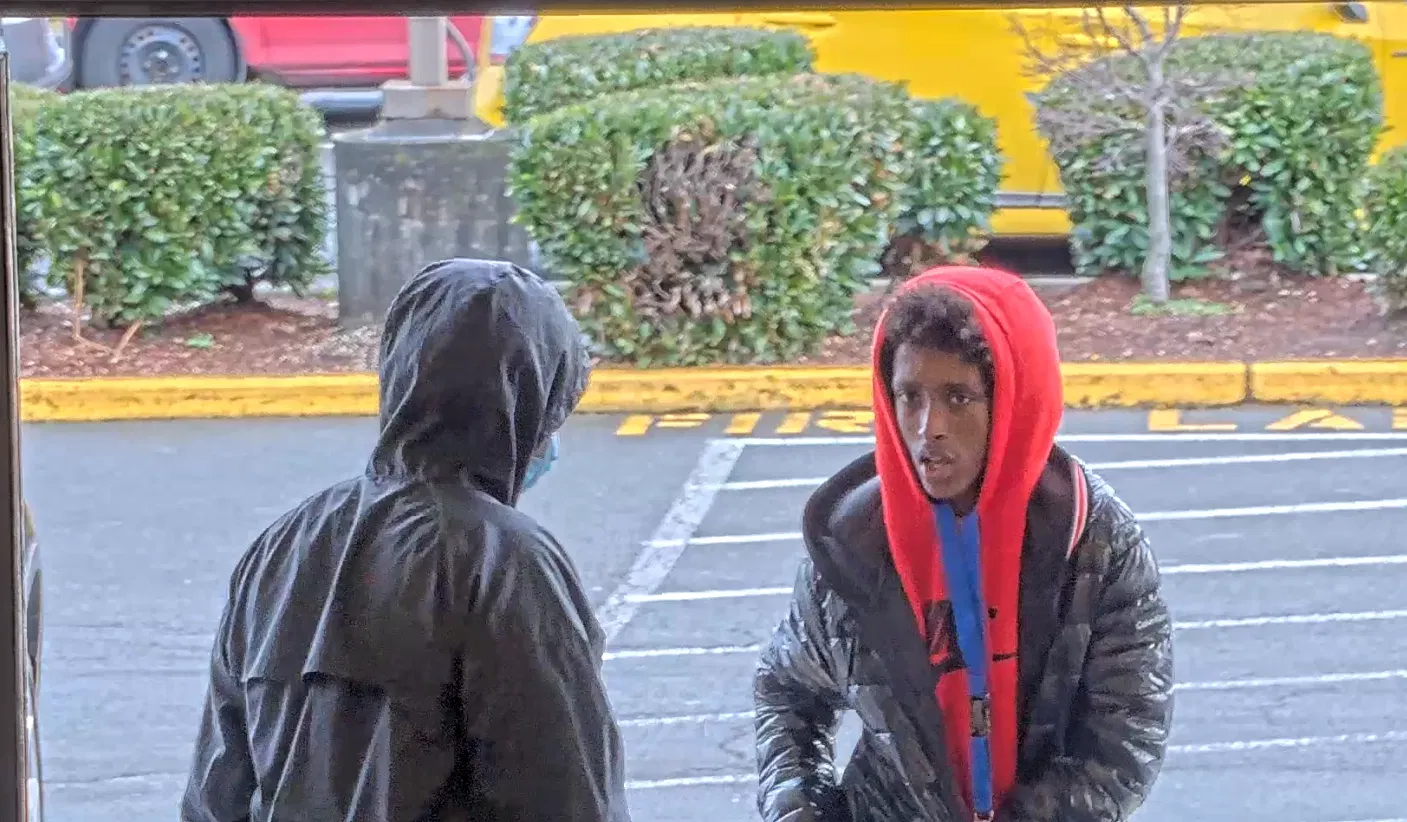
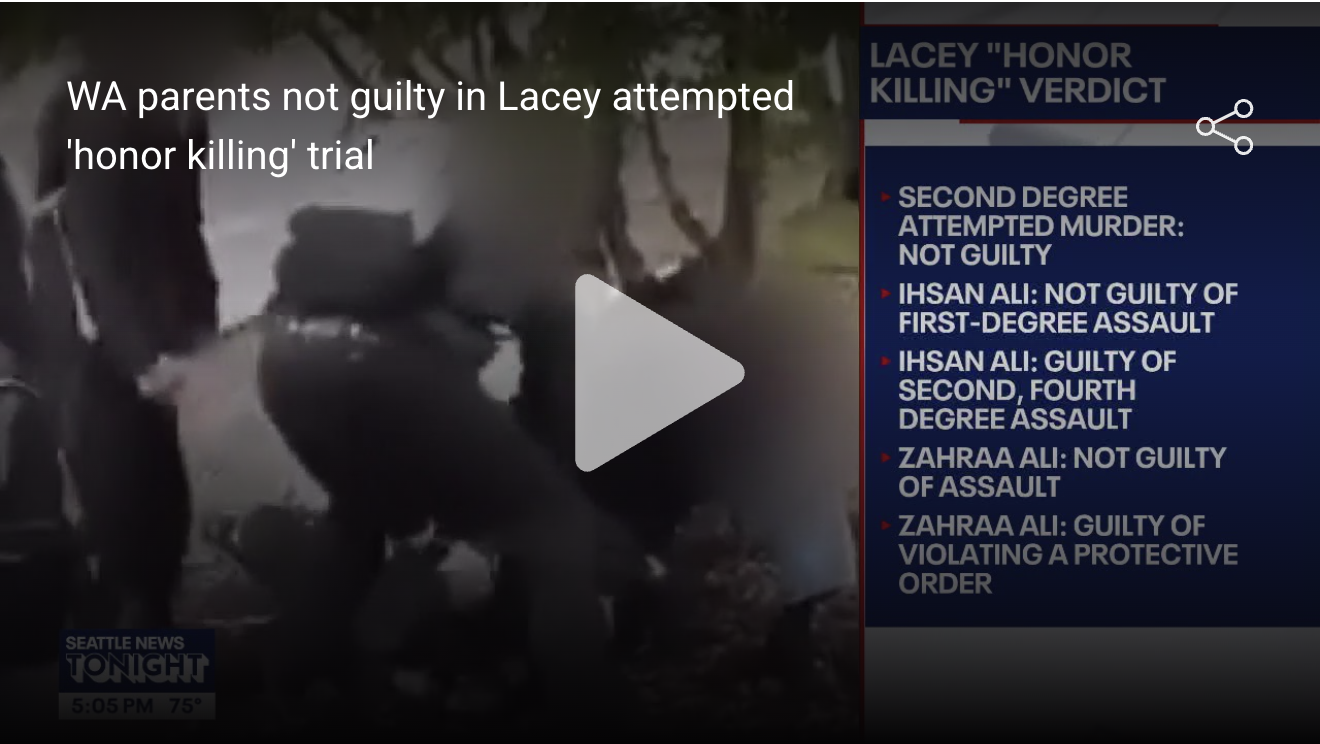
Leave a Reply